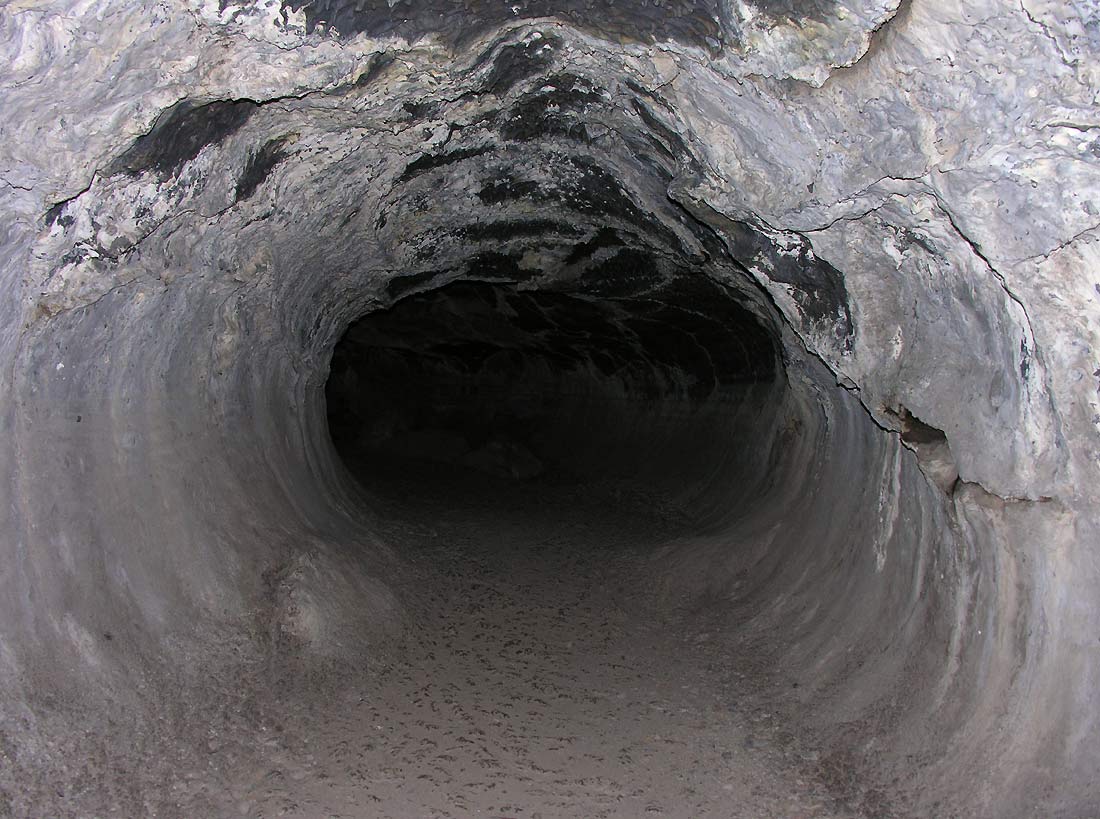R
rockett
Guest
Re: Unusual deep hole on the moon
WOW! If the lunar tubes were that smooth, they would make great colonies!SpaceTas":24p1ixpm said:Good idea; these old lave tubes might also trap water. But on 2nd thoughts maybe not. Heat would leak through the regolith and rock of the roof/sides of the lava tube into the cavern from the surface. They would be a tad warmer than the shaded craters which only get heat reflected off nearby cliffs.
There shouldn't be any layers if this is a lava tube.
Another fascinating place to explore on the Moon.
If you get a chance go explore a lave tube: Sicily Mt Etna, Hawaii, Lava Beds National Monument California






